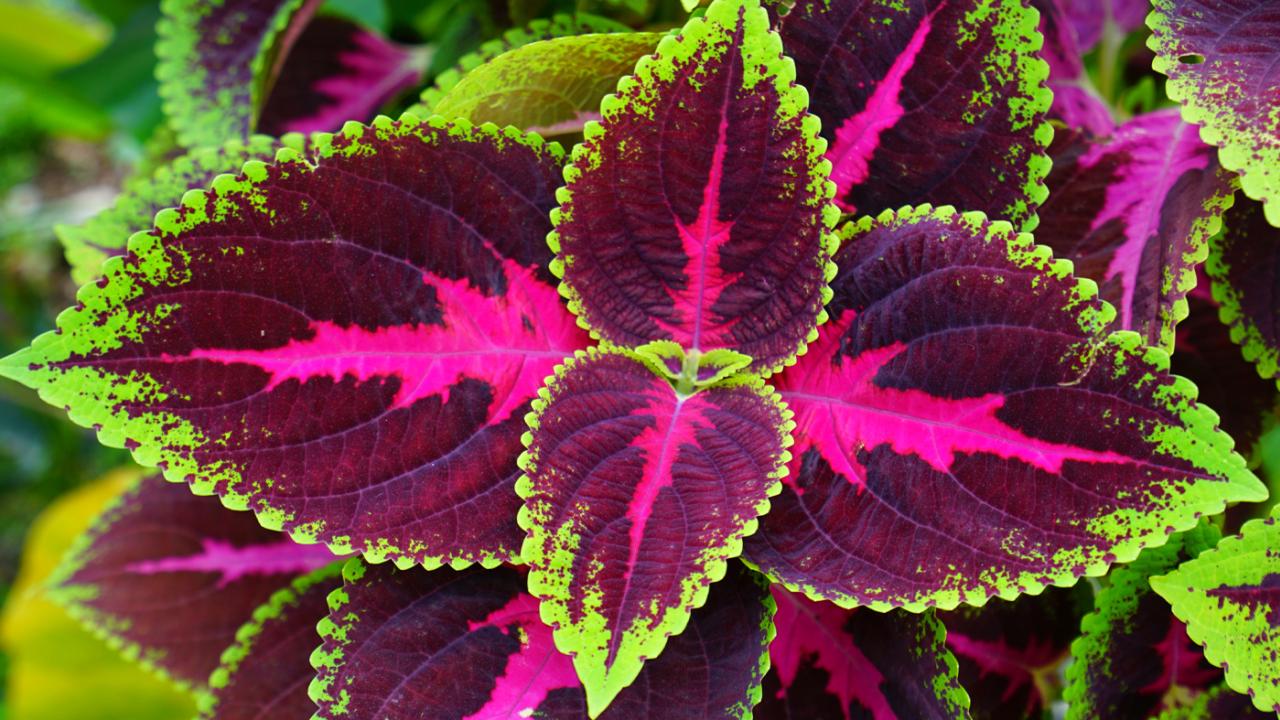

Summer Color
There’s still plenty to enjoy in the garden in August and September. Later-blooming perennials, annuals, and shrubs can provide color for weeks to come. And many of their blossoms offer nectar to migrating butterflies and ruby-throated hummingbirds. Here are a dozen good-looking, late-season wonders for your garden.

Butterfly bush(Buddleja)
Butterfly bush is a magnet for flower-feeding butterflies, bees, and other insects. This woody perennial ranges in size from 2 to more than 5 feet tall. The sweet-smelling flowers form on long panicles that may be white, dark purple, deep pink, red, violet, magenta, or raspberry-pink. Remove the spent flowers to prolong the bloom time. Butterfly bush should be placed in well-drained soil and full sun. Drainage during winter is essential. See how Butterfly Bush performed in the Garden’s Plant Evaluation.
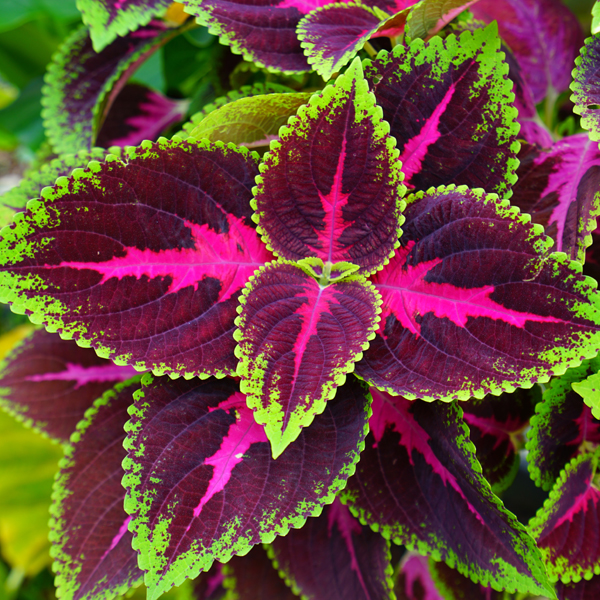
Coleus(Solenostemon scutellarioides)
Grown for its fabulous foliage, coleus can thrive in both sun and shade where its frilly, colorful leaves create a focal point. Coleus works in the ground around hostas as well as in window boxes and containers. Although the flowers are rather inconspicuous, they attract migrating hummingbirds in August. Learn more about how to grow coleus.
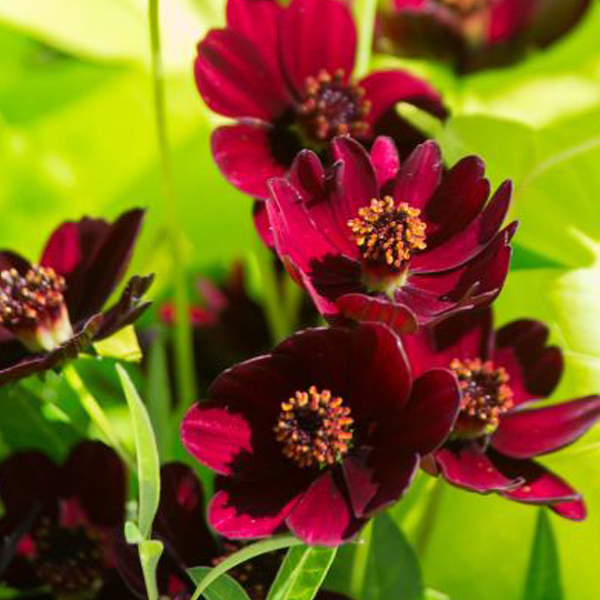
Cosmos
Easy, dependable, and tough, cosmos are annuals with flowers in white, yellow, orange, pink, violet, crimson, and bicolors. Depending on the cultivar, flowers may be single, double, frilly, or like pompoms. As cut flowers, they’re long-lasting in a vase. Plants range in height from 12 inches to more than 4 feet tall. All are easy to grow from seed. A bonus: goldfinches seek the seeds in August and September.
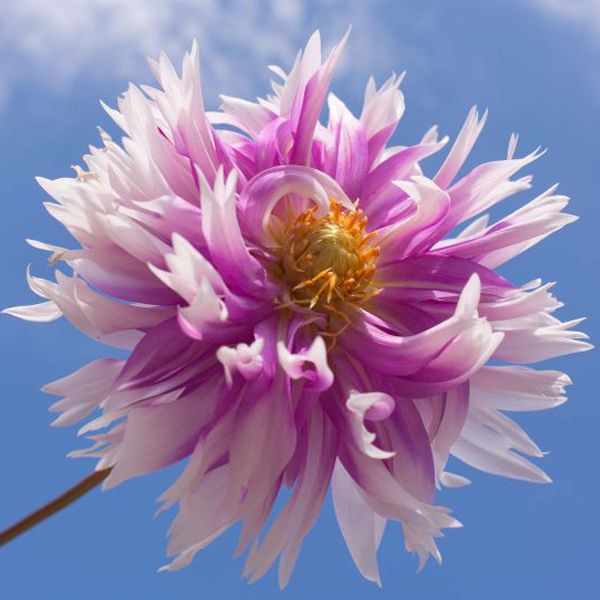
Dahlia
From tiny, button-shaped blossoms to giant dinner-plate-size behemoths, dahlias offer a range of colorful flowers that bloom up until the first fall frost. They are usually treated as annuals, but you can save the tubers and replant them next spring. When a hard frost blackens the foliage, dig up the plant, cut off the foliage a few inches above the tuber, brush off the soil, and let them dry. Place them in a paper bag with peat moss and store in a cool, dry place.

Sneezeweed(Helenium)
Sneezeweed is an unfortunate common name for this wonderful, long-blooming perennial. It doesn’t cause sneezing and it is a mainstay of the late-season garden. A clump former that produces flowers in yellow, orange, and red tones, Helenium produces flowers from midsummer to mid-autumn. Remove the spent blossoms to extend the bloom time. Full sun and moist, well-drained soil work best for this charmer.
Seven-son flower(Heptacodium miconioides)
A large shrub or small tree for the garden, Heptacodium produces jasmine-like white flowers in August. The flowers attract an assortment of pollinators and nectar-feeding butterflies. When it’s finished flowering, the plant produces long-lasting, very attractive cherry-red calyces (a ring of petal-like leaves that forms the outer layer of a flower). The bark is light brown and exfoliates to expose a deeper brown beneath, which creates winter interest as well. Learn more about Heptacodium.
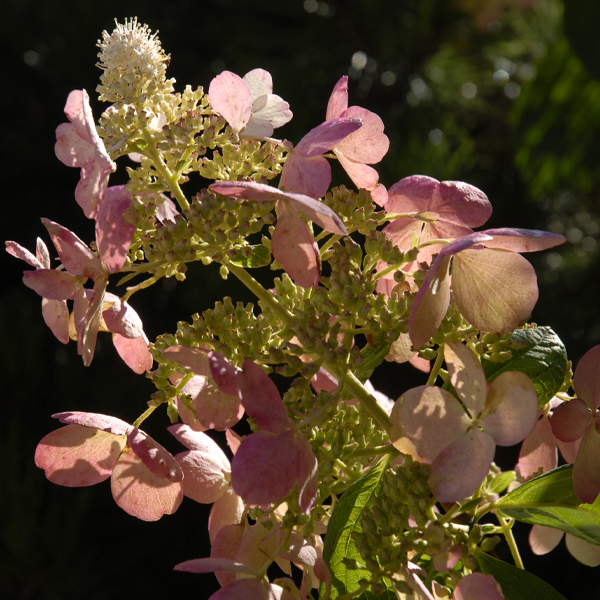
Hydrangea paniculata
If there was a popularity contest for shrubs, panicle hydrangeas would certainly win the prize. By late summer, their giant trusses of creamy white flowers are transformed into shades of pink and strawberry. See how hydrangeas performed in the Garden’s Plant Evaluation.

Salvia
There are plenty of perennial salvias for the garden, but the annual (tender perennial) salvias put on a show for months at a time going right into autumn. The Garden’s Plant Evaluation, which featured nearly 100 different tender salvias (five of each plant), was widely popular with the Garden’s visitors a few years ago. Discover the plants that ranked best.
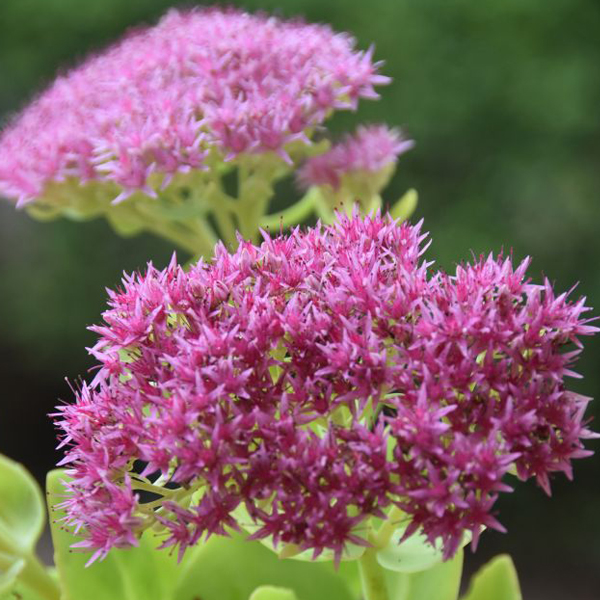
Stonecrop(Sedum)
Sedums offer a variety of flower and foliage color and different plant habits. Some form low mounds of small, blue-green leaves while others are burgundy or dusky purple. Others, like Sedum ‘Autumn Joy’ can reach 2 feet tall. Flower color can be pink, white, salmon-pink, purple-pink, deep rose, magenta, or yellow and all attract butterflies. Some cultivars have variegated leaves and many have attractive seedheads that last into autumn. Give them full sun and well-drained soil.
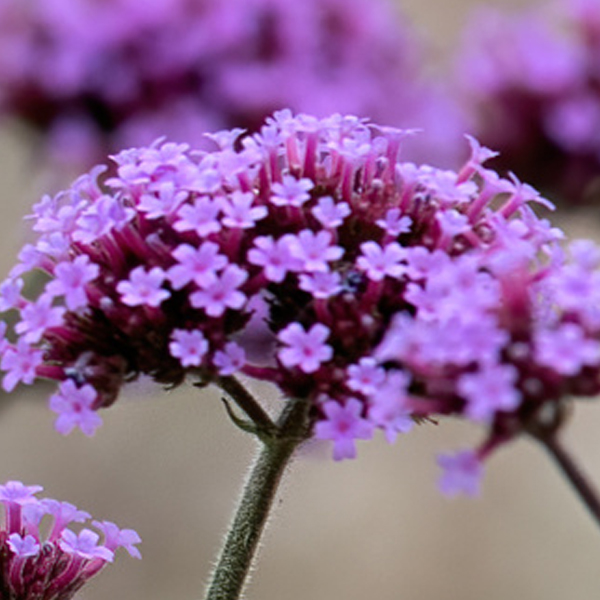
Brazilian verbena(Verbena bonariensis)
This tall, slender-stemmed annual produces 2- to 3-inch clusters of violet blooms on wiry stems. When planted in groups in the middle of a border, it creates an airy “pop-up” effect. The individual flowers on each head attract an assortment of butterflies.
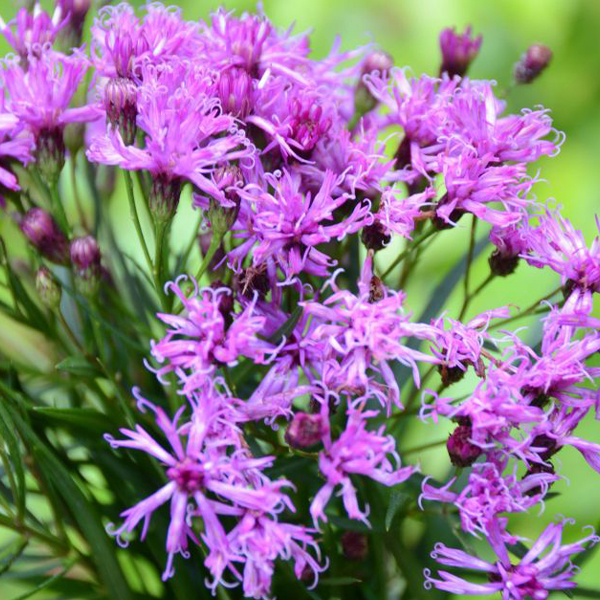
Threadleaf or Letterman’s ironweed(Vernonia lettermanii)
Threadleaf or Letterman’s ironweed is native to the Ozark region of Oklahoma and Arkansas. Tufted purple flowers appear in late summer and attract hordes of butterflies, especially monarchs on their southward fall migration. In the Garden’s Plant Evaluation Trial, plants bloomed for at least three weeks starting in August. They provide a pop of purple toward the end of the bloom season, for which there are few competitors.

Zinnia
These old-fashioned annuals are workhorses in a sunny spot. From compact varieties with tiny flowers that can be used in the front of a border or in containers to tall cultivars with giant blossoms, there’s a zinnia for just about every purpose and location. Zinnias are magnets for butterflies, especially in August when migrating monarch butterflies float through the garden. Cut a few stems and remove the leaves and zinnias will last a long time in a floral arrangement indoors.

